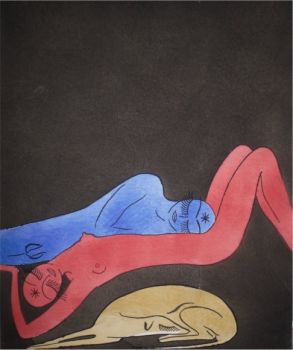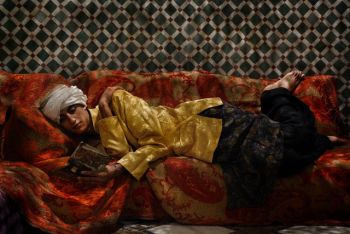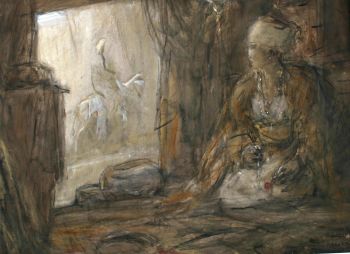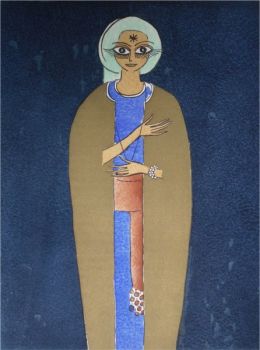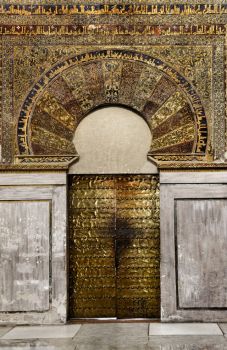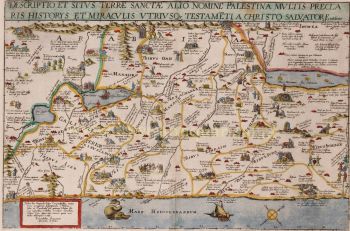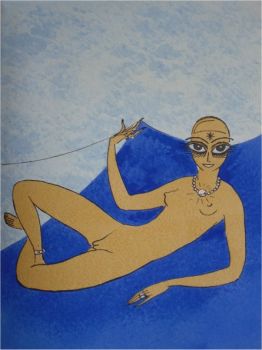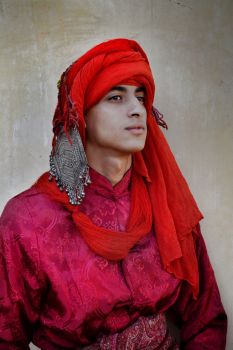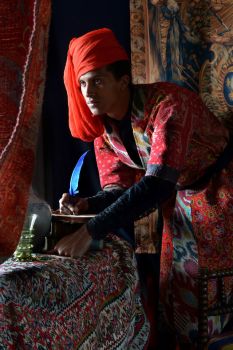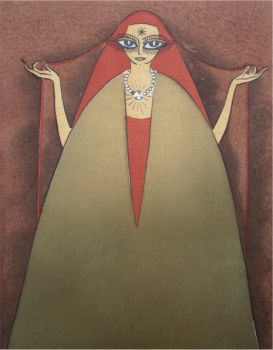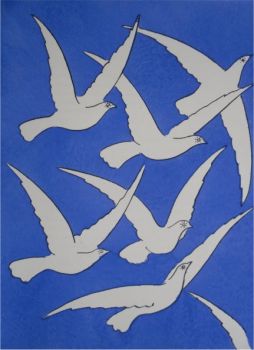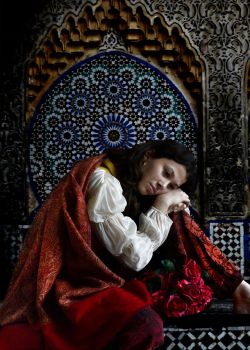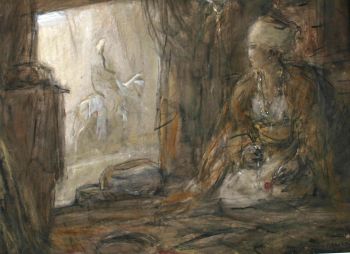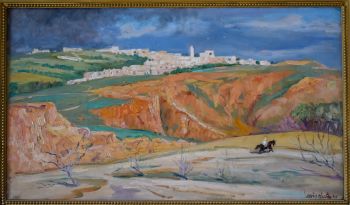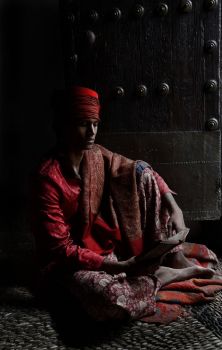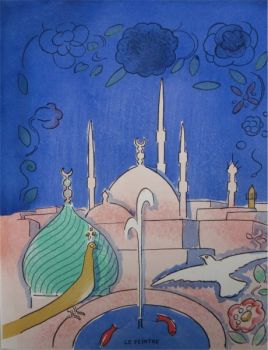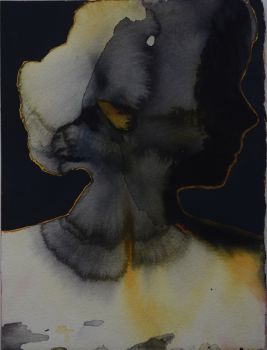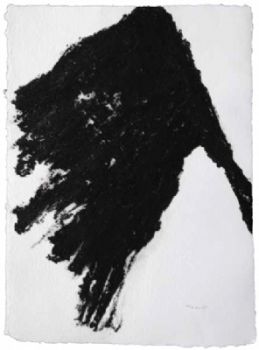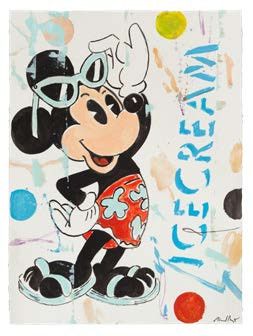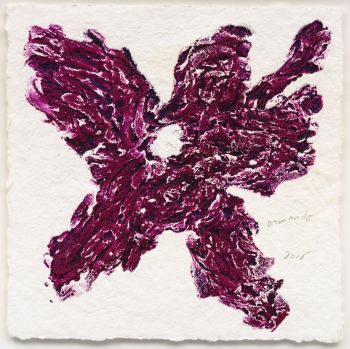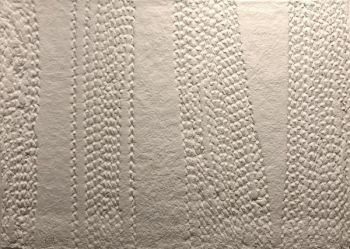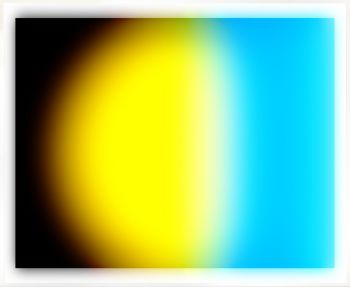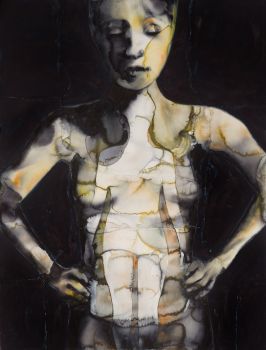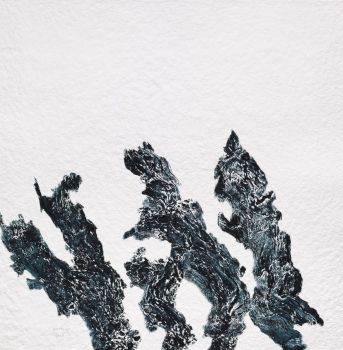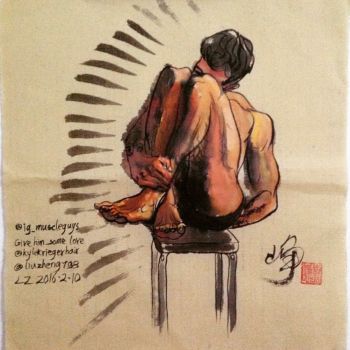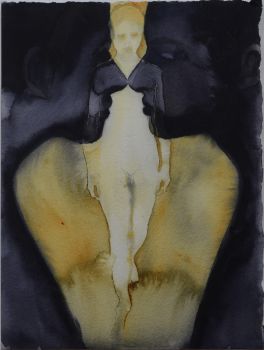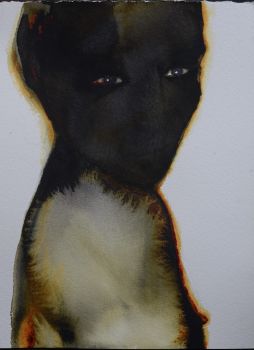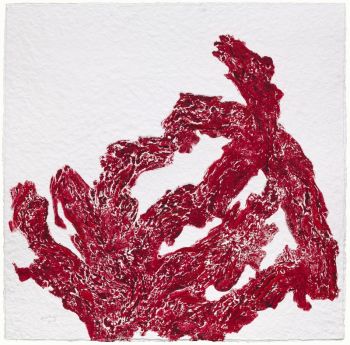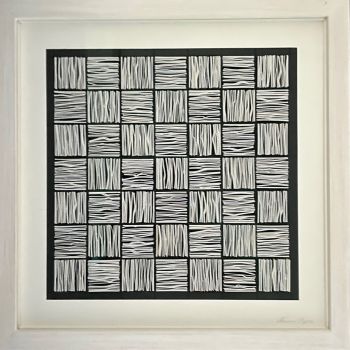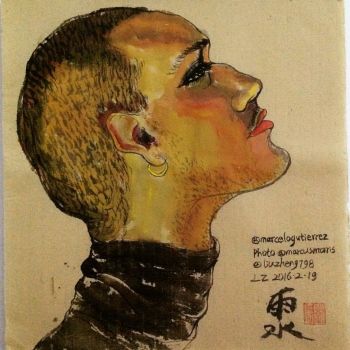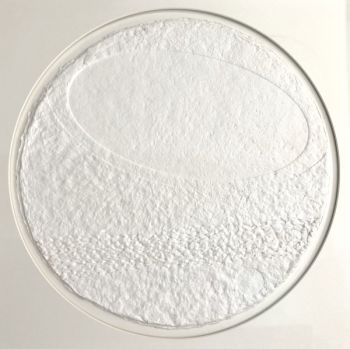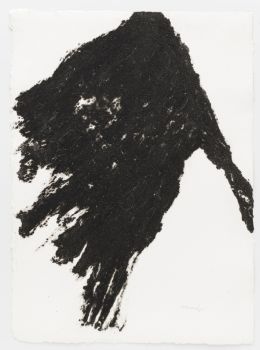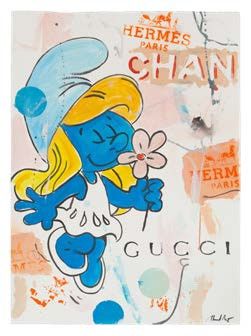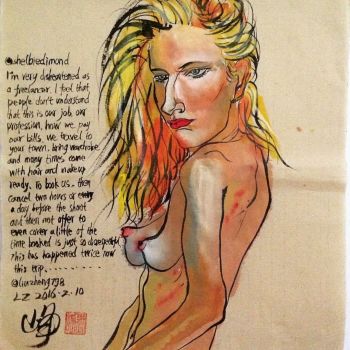Best edition of a classic Arabic grammar, with fables, proverbs and quotations 1656
Thomas van Erpe (Erpenius)
PapierPapier fait main
Actuellement indisponible via Gallerease
- Sur l'oeuvre d'artGrammatica Arabica; cum varia praxios materia, cujus elenchum versa dabit pagella.
Leiden, Johannes Maire, 1656.
2 parts in 1 volume.
4to.
Mid 19th-century half tan calf, gold- and blind-tooled spine.
Third edition, expanded and edited by Jacobus Golius, of Erpenius's classic Arabic grammar. The present edition is augmented with an Arabic chrestomathy that Fabricius had published in 1638.
Erpenius (1584-1624) revolutionized Arabic scholarship in Europe and made the Netherlands the most important European centre of Arabic studies before he died of the plague in 1624. His grammar remained the standard work in the field for two centuries.
With the owner's inscription on a free endleaf, and a meticulously lettered note on p. 42 of the Lockman fabels. Some small defects, but otherwise in very good condition, with only a small marginal tear repaired and an occasional minor and mostly marginal spot or stain. Binding with a restoration at the head and foot of the spine but otherwise good, with slight wear at the hinges and extremities. The best edition of a classic Arabic grammar.
Schnurrer 81 & 220; Smitskamp, Philologia orientalis 72; STCN (7 copies). - Sur l'artisteThomas van Erpe / Thomas Erpenius (1584, Gorinchem - 1624, Leiden), également connu sous le nom de Thomas van den Erpe, était un célèbre orientaliste néerlandais. Après avoir étudié les langues orientales - Scaliger lui a conseillé de le faire - et la théologie à Leiden, il a voyagé en Europe. Restant à Paris, il se lie d'amitié avec Casaubon, un célèbre érudit classique et philologue. A Paris, il a également suivi des cours d'arabe et à Venise, il a étudié les langues turque, persique et éthiopienne. Erpenius fut nommé professeur d'arabe et d'autres langues orientales à l'Université de Leyde en 1613. Il y installa une imprimerie pour l'arabe et d'autres langues orientales. Il a imprimé sa première édition des fables de Luqman comme sa première publication d'essai (sans points de voyelle pour les types arabes). Les annotations qu'il a faites pour son propre exemplaire ont été incorporées dans la deuxième édition (avec points de voyelle) de 1636. Les fables animalières de Lukman étaient une partie importante de la culture arabe préislamique et sont toujours populaires aujourd'hui. La bibliothèque d’Erpenius a été transférée à la bibliothèque de l’Université de Cambridge en 1632. Il a produit de nombreux ouvrages, entre autres des grammaires de plusieurs langues orientales: arabe, hébreu, chaldéen, syrien.
Artwork details
Related artworks
Antonie Derkinderen
Memory book Exhibition of Dutch Painting1892
Prix sur demandeKunsthandel Pygmalion
Tilmanus Nicolaus Maastricht
Missale Romanum avec montures en argent hollandais1788 - 1792
Prix sur demandeJacob J. Roosjen SRI
Engelbert Kaempfer
LIVRE ENGELBERT KAEMPFER1651 - 1716
Prix sur demandeZebregs & Röell - Fine Art - Antiques
Hermann Nitsch
"UNDER MY SKIN" Signed book incl. small artwork and DVD in a matching box2010 - 2014
Prix sur demandeGallerease Selected
Tilmanus Nicolaus Maastricht
Missale Romanum avec montures en argent hollandais1788 - 1792
Prix sur demandeJacob J. Roosjen SRI
LAWRENCE WEINER
"SKIMMING THE WATER [MENAGE A QUATRE]" Signed book plus small artwork2010 - 2014
Prix sur demandeGallerease Selected
Engelbert Kaempfer
LIVRE ENGELBERT KAEMPFER1651 - 1716
Prix sur demandeZebregs & Röell - Fine Art - Antiques
1 - 4 / 22Artiste Inconnu
GRANDE PEINTURE INDIENNE IMPORTANTE ET RARE `` STYLE D'ENTREPRISE '' SUR IVOIRE REPRÉSENTANT UN DÉFI1850 - 1900
Prix sur demandeZebregs & Röell - Fine Art - Antiques
 Sélectionné par
Sélectionné parDanny Bree
1 - 4 / 24- 1 - 4 / 24

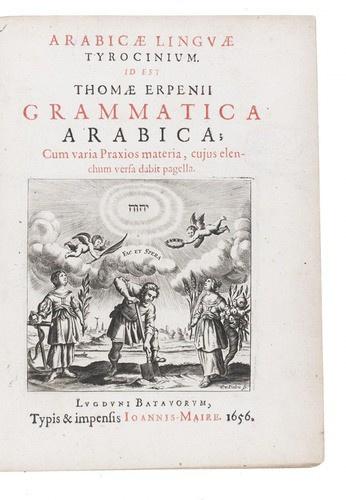


















!["SKIMMING THE WATER [MENAGE A QUATRE]" Signed book plus small artwork by LAWRENCE WEINER](https://media-2.gallerease.com/images/442bfd5f-fc31-4e18-a2fa-ee0c08eade64/350x350/skimming-the-water-menage-a-quatre-signed-book-plus-small-artwork.jpg)





